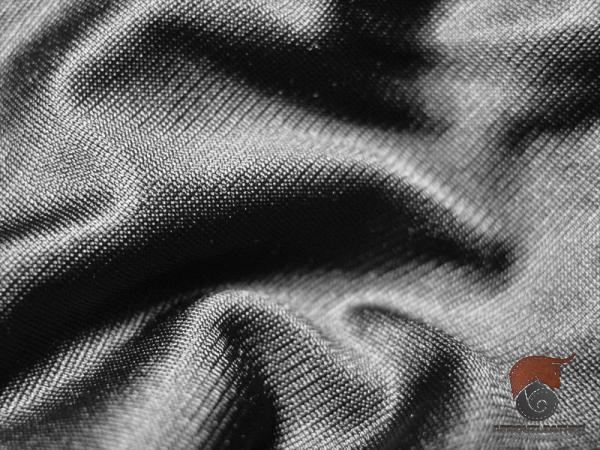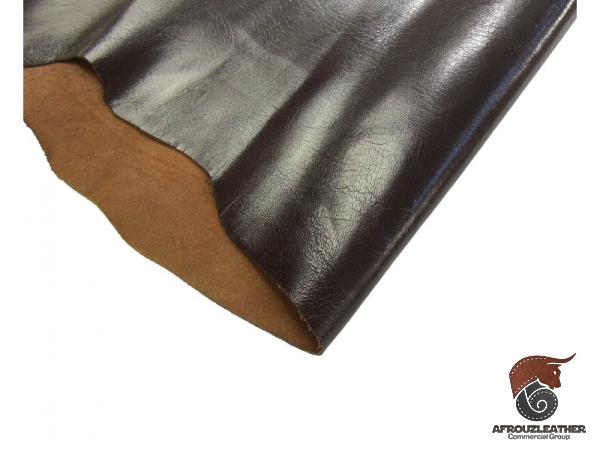Leather has long been a popular choice for a variety of applications, ranging from fashion accessories to car upholstery. However, with the rise of technology, synthetic leather has emerged as a viable alternative to traditional leather. In this article, we will delve into the intricate details of synthetic leather and compare it to its natural counterpart. We will explore the manufacturing process, durability, environmental impact, cost, and overall quality of both materials. Understanding Synthetic Leather: Synthetic leather, also known as faux leather or artificial leather, is a man-made material designed to mimic the appearance and texture of real leather. It is commonly made from a polyurethane (PU) or polyvinyl chloride (PVC) base, which is then coated with a layer of plastic to enhance its durability and water resistance. Synthetic leather can also be textured to closely resemble the grain and feel of genuine leather. Manufacturing Process: The production process of synthetic leather involves several steps. Initially, a fabric base is coated with a layer of plastic material, which may be PU or PVC. The plastic layer is then textured or embossed to create the desired leather-like appearance. Synthetic leather can be made in various colors and finishes, offering a wider range of options than natural leather. Some manufacturers also incorporate recycled materials into their production process to increase sustainability. Durability and Longevity: One of the key advantages of synthetic leather is its durability.
leather
 Due to the plastic coating, it is more resistant to wear, tear, and scratches compared to natural leather. Synthetic leather is also less susceptible to fading and color bleeding, making it an ideal choice for high-traffic areas or items that require frequent cleaning. However, it is worth noting that synthetic leather may not age as gracefully as real leather, and its lifespan may be shorter as a result. Environmental Impact: The environmental impact of synthetic leather is a significant point of concern. The production of PVC-based synthetic leather involves the use of chemicals known to be harmful to the environment, particularly during the manufacturing and disposal stages. These chemicals, including phthalates, lead, and volatile organic compounds (VOCs), can contribute to water pollution and greenhouse gas emissions. In contrast, vegetable-tanned leather, a more sustainable type of natural leather, requires fewer chemicals and is biodegradable. However, it should be noted that the overall environmental impact of natural leather also depends on factors such as the tanning process and waste management practices.
Due to the plastic coating, it is more resistant to wear, tear, and scratches compared to natural leather. Synthetic leather is also less susceptible to fading and color bleeding, making it an ideal choice for high-traffic areas or items that require frequent cleaning. However, it is worth noting that synthetic leather may not age as gracefully as real leather, and its lifespan may be shorter as a result. Environmental Impact: The environmental impact of synthetic leather is a significant point of concern. The production of PVC-based synthetic leather involves the use of chemicals known to be harmful to the environment, particularly during the manufacturing and disposal stages. These chemicals, including phthalates, lead, and volatile organic compounds (VOCs), can contribute to water pollution and greenhouse gas emissions. In contrast, vegetable-tanned leather, a more sustainable type of natural leather, requires fewer chemicals and is biodegradable. However, it should be noted that the overall environmental impact of natural leather also depends on factors such as the tanning process and waste management practices.
Specifications of leather
 Cost: Synthetic leather tends to be more affordable than genuine leather, making it an attractive option for cost-conscious consumers. The lower production costs of synthetic leather, coupled with its wider range of colors and finishes, contribute to its relatively lower price point. On the other hand, natural leather is generally more expensive due to the involved process of sourcing, tanning, and manufacturing. Quality and Authenticity: Despite improvements in the manufacturing process, synthetic leather still falls short in terms of authenticity compared to genuine leather. The texture, smell, and overall feel of natural leather are difficult to replicate. Authentic leather develops a unique patina over time, creating a sense of character and individuality that is not found in synthetic leather. Additionally, the breathability of real leather contributes to its comfort and longevity, which synthetic leather may not be able to match. Applications and Market Trends: Both synthetic leather and natural leather find their place in various industries.
Cost: Synthetic leather tends to be more affordable than genuine leather, making it an attractive option for cost-conscious consumers. The lower production costs of synthetic leather, coupled with its wider range of colors and finishes, contribute to its relatively lower price point. On the other hand, natural leather is generally more expensive due to the involved process of sourcing, tanning, and manufacturing. Quality and Authenticity: Despite improvements in the manufacturing process, synthetic leather still falls short in terms of authenticity compared to genuine leather. The texture, smell, and overall feel of natural leather are difficult to replicate. Authentic leather develops a unique patina over time, creating a sense of character and individuality that is not found in synthetic leather. Additionally, the breathability of real leather contributes to its comfort and longevity, which synthetic leather may not be able to match. Applications and Market Trends: Both synthetic leather and natural leather find their place in various industries.
buy leather
 Synthetic leather is commonly used in upholstery, fashion accessories, shoes, and automotive interiors. Its versatility and wide color availability make it a popular choice for designers and manufacturers. Natural leather, on the other hand, continues to be favored for luxury fashion items, footwear, and high-end furniture. The market for synthetic leather has seen significant growth in recent years, driven by advancements in technology and increasing consumer demand for eco-friendly options. Conclusion: Synthetic leather offers an attractive alternative to natural leather, especially for those seeking affordability, durability, and a wider range of design options. However, it falls short in terms of sustainability and authenticity. Natural leather, on the other hand, possesses a unique quality and timeless appeal that remains unmatched. Ultimately, the choice between synthetic leather and natural leather depends on personal preferences, budget constraints, and the specific application or purpose. Both materials have their pros and cons, and understanding these differences will help consumers make informed decisions when it comes to selecting the right material for their needs.
Synthetic leather is commonly used in upholstery, fashion accessories, shoes, and automotive interiors. Its versatility and wide color availability make it a popular choice for designers and manufacturers. Natural leather, on the other hand, continues to be favored for luxury fashion items, footwear, and high-end furniture. The market for synthetic leather has seen significant growth in recent years, driven by advancements in technology and increasing consumer demand for eco-friendly options. Conclusion: Synthetic leather offers an attractive alternative to natural leather, especially for those seeking affordability, durability, and a wider range of design options. However, it falls short in terms of sustainability and authenticity. Natural leather, on the other hand, possesses a unique quality and timeless appeal that remains unmatched. Ultimately, the choice between synthetic leather and natural leather depends on personal preferences, budget constraints, and the specific application or purpose. Both materials have their pros and cons, and understanding these differences will help consumers make informed decisions when it comes to selecting the right material for their needs.

Your comment submitted.